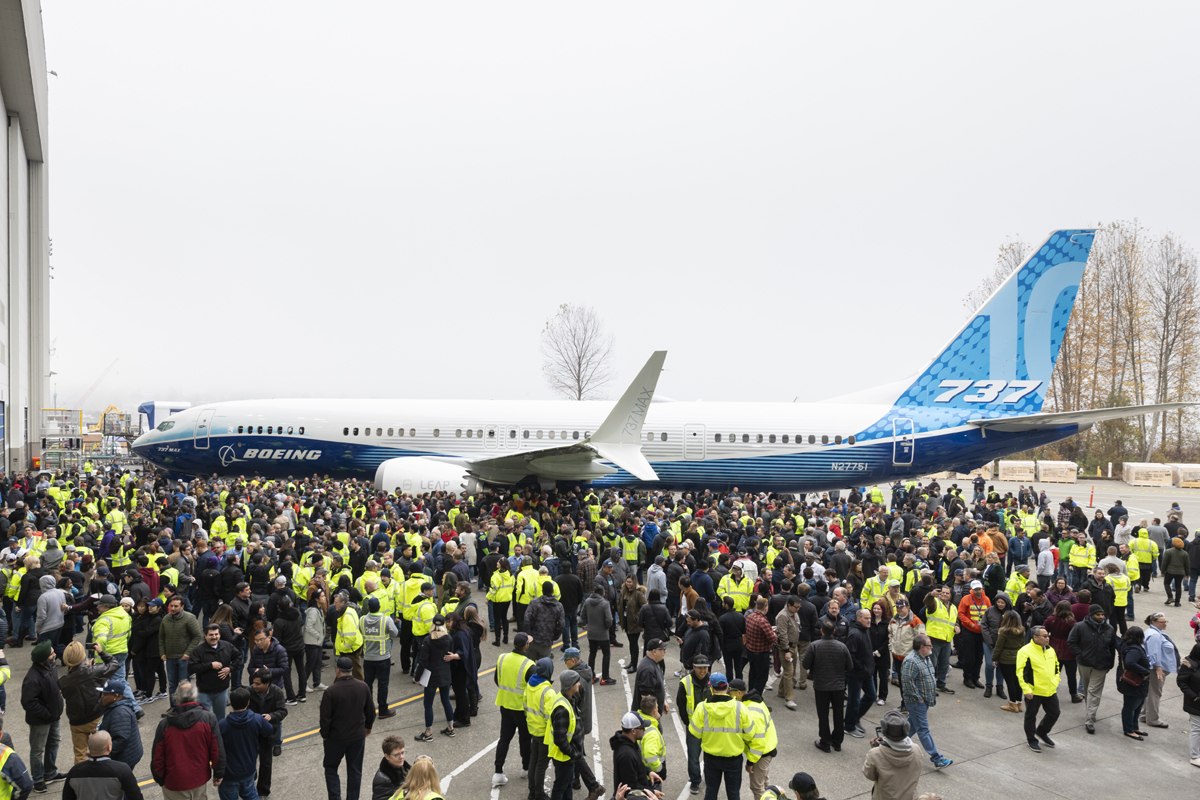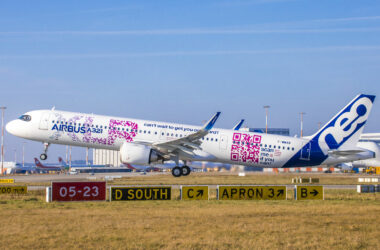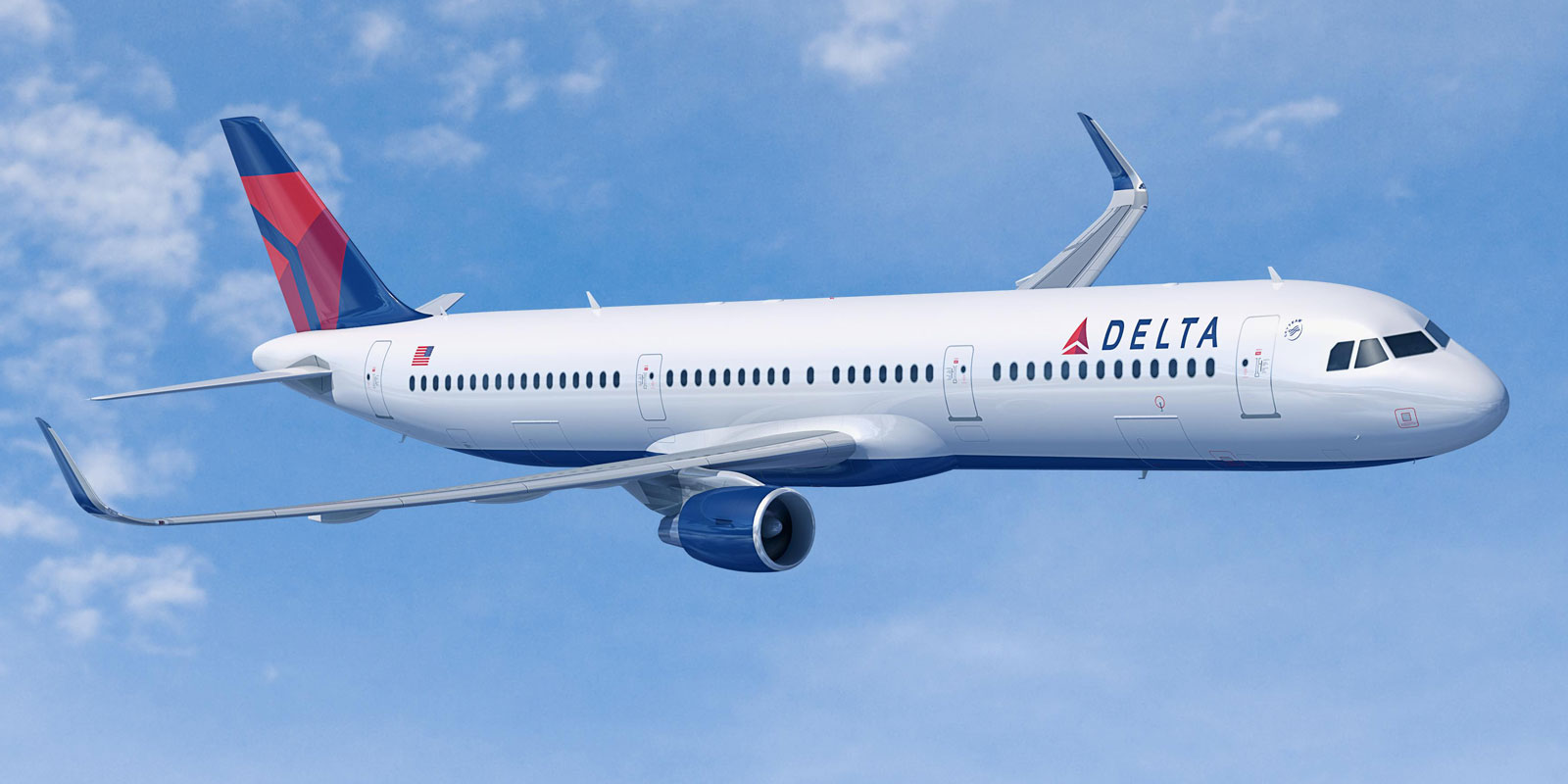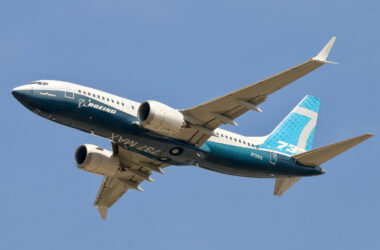Swedish start-up Heart Aerospace achieved an unthinkable milestone on September 12 by unveiling the HX-1 demonstrator aircraft, which will be used in the development of the ES-30, a four-engine hybrid-electric aircraft with capacity for up to 30 passengers.
The pioneering aircraft was unveiled in Gothenburg, where the company is based, just over two years after it was announced.
Heart has been pursuing the design of a zero-emission passenger aircraft, but has shifted its focus from a small 19-seat electric commuter aircraft to a 30-seat hybrid model after consulting with potential customers.
Follow Air Data News: WhatsApp | Google News | Instagram | LinkedIn | Twitter | Facebook

The Heart X1 is the starting point for the project and will be used in ground tests until the second quarter of 2025, when the aircraft is expected to make its maiden flight.
The first demonstrator, however, is an electric-only aircraft, which will be succeeded by the HX-2, a pre-production model equipped with a hybrid system and which will also incorporate a new engine nacelle capable of providing short takeoffs and landings.
Entry into service by the end of the decade
The HX-1 is a surprising aircraft in that it already has the final appearance of a production model. It has a high-wing configuration with a 32-meter wingspan and a T-tail.
The main landing gear compartment under the fuselage also houses the batteries, leaving the aircraft somewhat elevated in relation to the ground.
Heart will take the HX-1 to the United States for its flights, but has not revealed a location. Mojave Air & Space, in California, and Grant County International Airport, in Moses Lake, are emerging as candidates to receive the aircraft.
The company’s project has government support from Sweden and the United States, as well as partners such as airlines SAS, Braathens and United Airlines.

The ES-30 is designed to fly up to 200 km in electric mode and 400 km with extended hybrid propulsion, but the company expects to expand the flight envelope as it improves its technology.
Entry into service has been delayed from a 2028 schedule and is now suggested as late in the decade, when Heart awaits type certification.

















